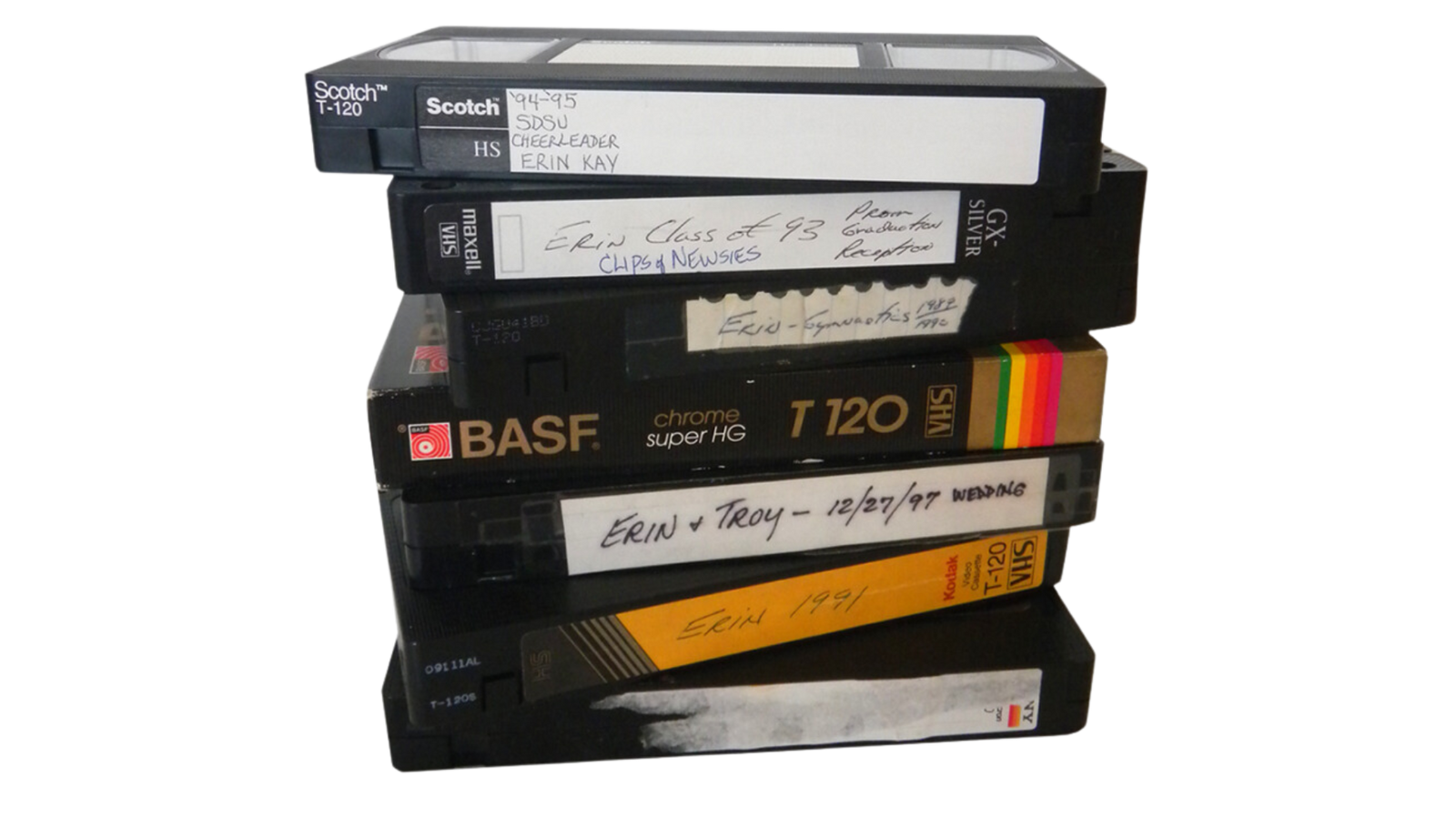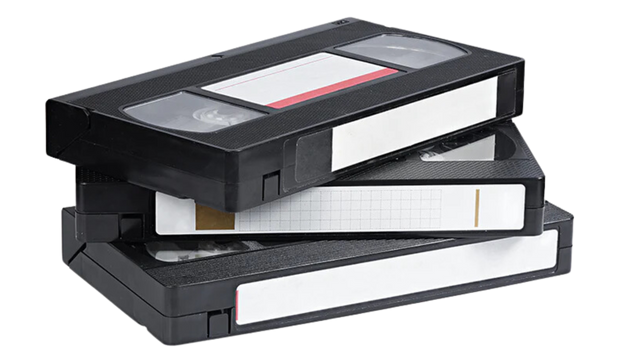Why VHS Labels Matter More Than You Think
You open a box in the attic and find a stack of tapes—some with handwritten notes, others labeled cryptically like “SP/SLP,” and a few with nothing but faded stickers. These aren’t just outdated formats. They're containers of forgotten birthdays, school plays, and family vacations. But if the labels are vague or blank, how do you know what’s worth digitizing?
Understanding VHS labels is the first step in recovering what’s hidden inside your old home movies.
Common VHS Label Clues to Look For
When trying to identify what's recorded on a VHS tape, here are some common label elements to look for:
- Date or Year: Look for handwritten dates, especially on the spine. These help anchor the event in time.
- Tape Speed Codes: If you see “SP,” “LP,” or “SLP,” those refer to recording speed and video quality.
- Brand Labels: TDK, Maxell, and Sony often used stickers with color codes or built-in space to write.
- Tape Duration: You might see “T-120” or “T-160,” referring to the number of minutes the tape could hold at SP speed.
If a tape is blank or unclear, don't toss it. You can still convert VHS to digital and skip the guesswork—especially if you're short on time or don't own a working VCR.

What to Do With VHS Tapes That Have No Labels
Not every VHS cassette comes with helpful clues. Many were reused, overwritten, or simply never labeled to begin with. If you're left with mystery tapes, here are a few options:
- Manually check them—if you have a VCR
- Digitize first, then sort—with a professional service that can name files based on visible content
- Use cloud playback tools—to preview and organize your memories digitally
At Heirloom, customers often send in boxes of unlabeled tapes. We digitize everything, let them review content safely online, and even credit their account for blank tapes when nothing is found.

Why It's Worth Digitizing Your VHS Collection
Each VHS cassette holds a magnetic signal that fades with time. Even if the label says “Christmas 1992,” there’s no guarantee it still plays. The only way to know—and protect it—is to digitize.
With a VHS to digital solution, you can stream your home videos securely in the cloud instead of shuffling through old hardware or relying on discs.
And if your collection includes VHS-C tapes, you’ll need a special adapter. You can learn more about how VHS-C to VHS adapters work, or simply convert VHS-C to digital with the same care.

FAQ: People Also Ask
What do SP, LP, and SLP mean on a VHS label?
These codes indicate recording speed. SP (Standard Play) offers the best quality but the shortest recording time. LP (Long Play) doubles the recording time with reduced quality, and SLP/EP (Super/Extended Long Play) allows up to three times the length but with the lowest picture and sound quality.
Can a VHS tape have multiple recordings on it?
Yes. Many families reused VHS tapes to capture different events. A label that says “Christmas” might also have a birthday or TV show recorded later. Without digitizing, there’s no easy way to know where one recording ends and another begins.
What does T-120 or T-160 mean on a VHS tape?
These numbers refer to tape length in minutes at SP speed. For example, a T-120 records 120 minutes in SP, 240 minutes in LP, or up to 360 minutes in SLP. The larger the number, the more tape length and recording capacity.
Is it possible to restore a faded or missing VHS label?
While you can’t recover the writing itself, you can replace labels with archival-quality stickers after digitizing. This lets you re-organize your collection with accurate file names and notes while preserving the physical cassette for sentimental value.
How do I safely preview an unlabeled VHS tape?
If you have a working VCR, make sure to clean the playback heads before inserting an unknown tape to avoid spreading mold or dust. For fragile or moldy cassettes, it’s safer to send them to a professional digitizing service that can preview and repair the tape without risking damage.
Recommended Next Reads
VHS Tapes: Decoding SP, EP, and SLP Tape Speeds
How Long Do VHS Tapes Last? What to Know Before It’s Too Late
Your Wedding Video Is Worth Watching Again
How to Transfer VHS to Digital: Keep Your Family Memories Safe
What Is Nostalgia? The Science and Magic Behind Nostalgic Memories
📧 Want more tips like this?
Subscribe to Heirloom emails to learn how to preserve your priceless memories. Get discount codes for expedited shipping, quality digitizing, and secure cloud storage. We never spam, and it’s easy to unsubscribe at any time.
Find similar articles:
VHS

